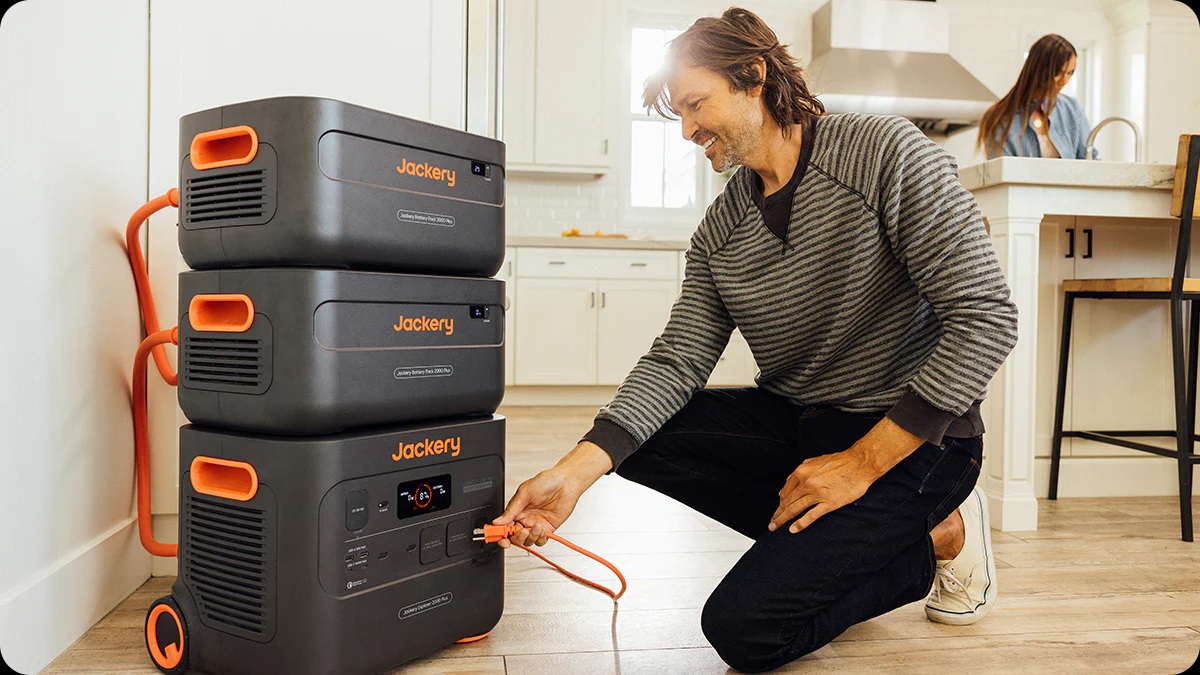Statistics from the National Fire Protection Association cite that over 60 percent of electrical fires are caused by faulty or damaged wiring circuits and appliances.
It’s easy to damage a short extension cord in a home setup when connecting appliances that use more watts than the code can handle. Here are few tips to follow to ensure that you are safe and that you are doing your wiring in the right manner.
1. Follow a Wiring Diagram
You’re probably unlikely to come across a wiring diagram if you were not involved in constructing your house. A wiring diagram is a drawing that helps electrical engineers know the layout of the electrical work in your house to avoid any mistakes.
When making repairs to the electrical wiring in your house, you can either draw a wiring diagram yourself or look for the one used when constructing the house.
A wiring diagram ensures your safety because it lessens the chances of making mistakes regarding your home’s electricity. Additionally, a wiring diagram serves as a universal language of communication. If anyone else wants to make repairs, they can safely do so without compromising your electrical system’s integrity and putting you at risk of an electric failure.
https://unsplash.com/photos/ut51FSt7VtM
2. Plan Appropriately
When constructing or doing any major renovations to your house, it’s important to schedule your events so that different tasks don’t overlap with each other. For instance, it’s safer to install all your wiring before you do any plumbing or heating work. If you do both simultaneously, you risk your wires getting water damage.
When it comes to purchasing materials like conduits or circuit panels, always be sure to purchase a bit more than what you need. The difference in cost is usually negligible. Doing this will ensure that you have enough material to complete your wiring.
More so, it’s always best to have the right tools to avoid electrical shocks and ensure that your electrical wiring has no faults. Such tools include different sized screwdrivers, pliers, and a multimeter.

https://unsplash.com/photos/gL-wABq7LUU
3. Know Where to Drill Holes
Drilling holes is usually an electrical wiring step that sounds pretty easy to do. However, because you can’t see what is behind a wall, the task can become increasingly risky.
While drilling a hole, always keep in mind that ideal wiring runs vertically and horizontally from an electrical outlet. Drilling into a wire may cause a total power outage and may mean tearing up a whole circuit to fix one wire.
Other things to be aware of while drilling holes include water pipes and gas pipes. A safe way to avoid such mistakes is to use a stud finder. Depending on your stud finder’s quality, you can know the depth and nature of whatever materials lie behind the walls. Once you know this, be sure to use the right tools.

https://unsplash.com/photos/ILBrHd6PFJA
4. Familiarize Yourself with Your Circuit Breaker
It’s not enough to know where your circuit breaker is. You must also know how to use it and make sure it runs. If you’re repairing a circuit or installing a new one, it will be a good idea to know the color codes of all the wires you’ll use.
This is because, unlike other wires around the house, the circuit breaker connects to your electrical meter, and thus, some wires will always be live, even when the circuit breaker is off. Once you spot the live wires, ensure to cover them with a material that’s a non-conductor.
It’s also a great idea to know the signs when your breaker box has aged and needs a change. Some of these signs include a burning smell in the circuit breaker, electrical failure or overheating of the devices in your house, and the circuit breaker’s overall failure.
Changing an entire circuit box requires a lot of expertise. It’s advisable not to do a full replacement on your own since it can cause severe electrical burns or even start a fire.
5. Carry Out Constant Inspections
Instead of dealing with a full-blown problem, it’s always better to stop a problem as soon as it arises. For a newly constructed or renovated house, ensure that you inspect the progress made by construction workers.
If you don’t feel qualified, you can have an electrical engineer do the job. This will ensure that your home is not put at risk by workers who opt to skip some procedures. For a home that you are already living in, it’s good to inspect your appliances every once in a while.
To be on the right path, ask yourself these questions: Is a particular socket always failing? Have you been noticing a faint smell of burning plastic when using certain appliances? Have you noticed the insulation starting to wear off? Noticing such red flags early enough helps you make repairs early enough, thus avoiding unnecessary costs or accidents.
In a Nutshell
These tips are not a definitive list of how to safely carry out electrical wiring, but following each one of them to a T will prevent potential problems. If ever in doubt of anything, it’s important to always get advice from a certified professional.
Reference Links
https://www.smartdraw.com/wiring-diagram/
https://www.lowes.com/n/buying-guide/electrical-conduit-types










